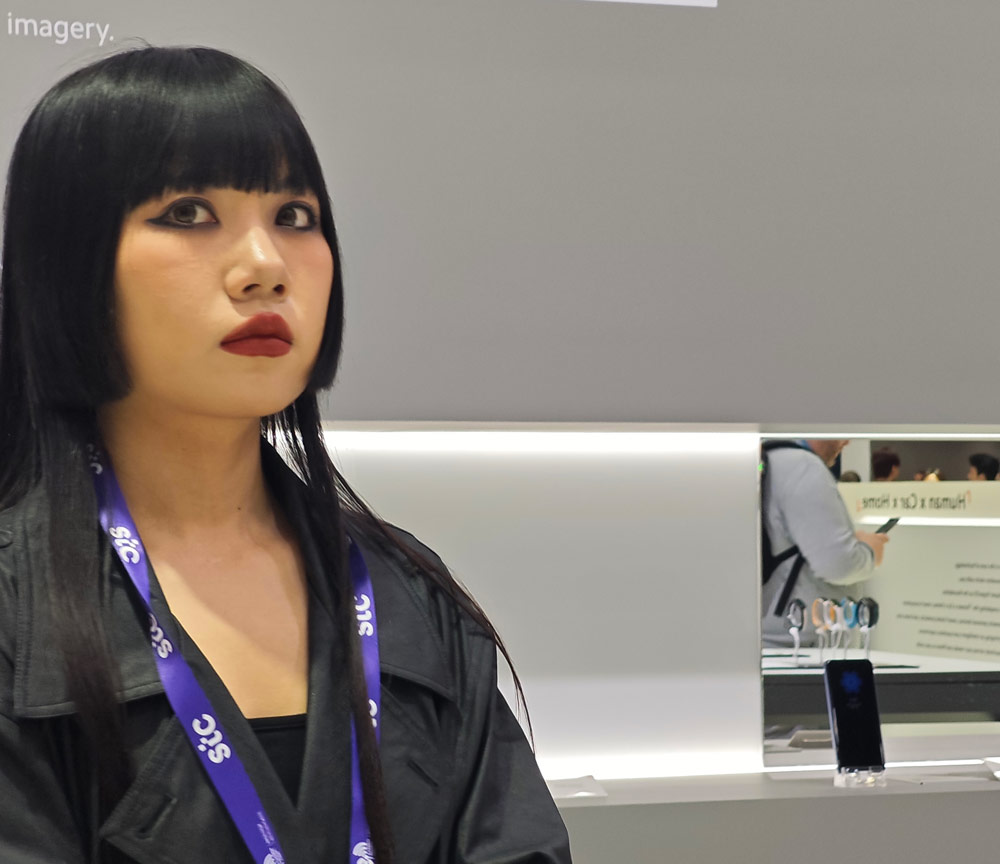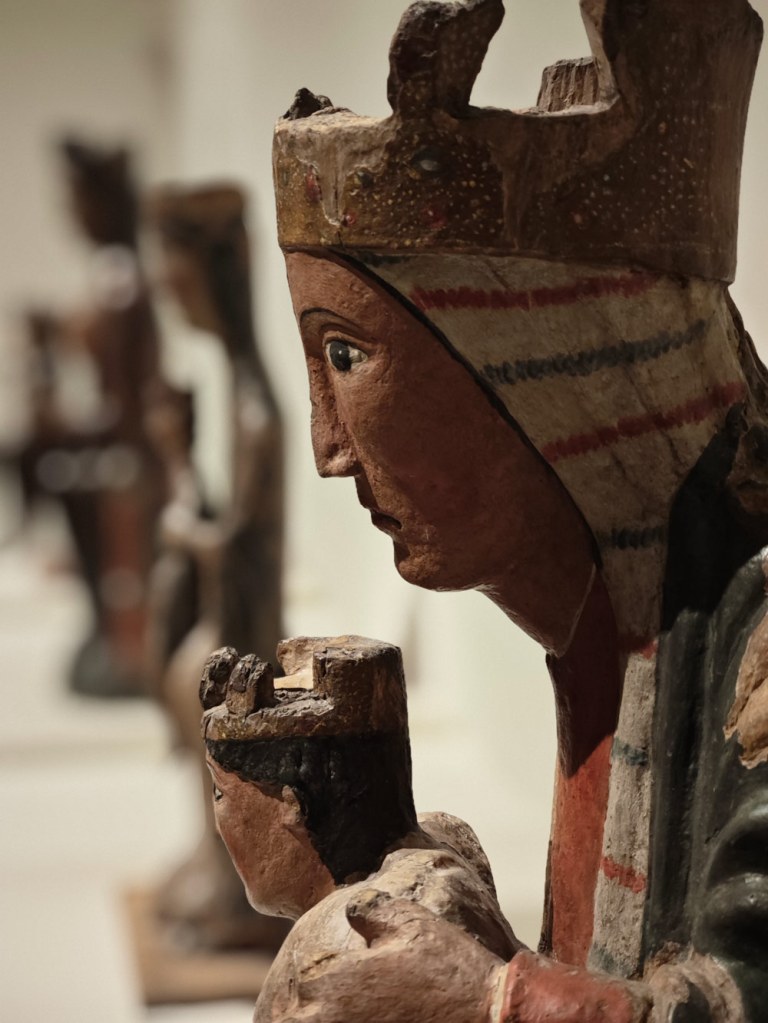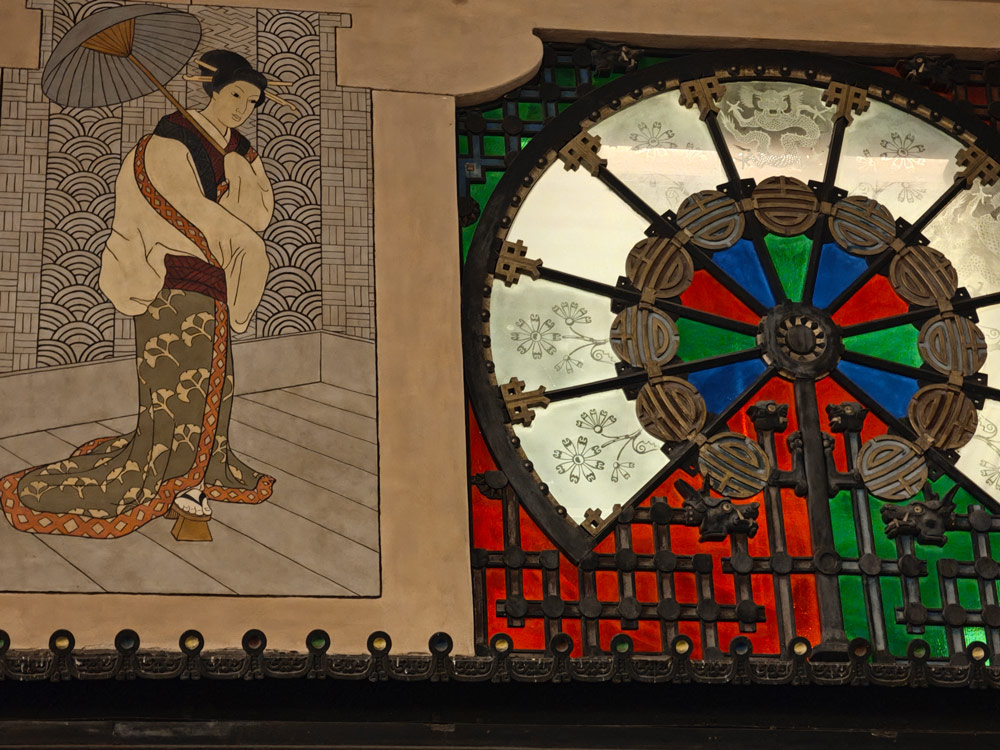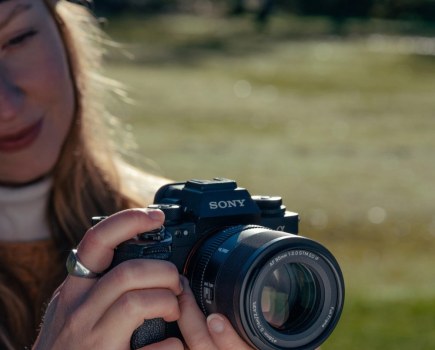The Xiaomi 14 smartphone is now officially released, into the highly competitive camera phone market. Deputy Editor Geoff Harris takes a first look
I’ve been using the Xiaomi 14 for a few days now during my trip to highly photogenic Barcelona for the massive Mobile World Congress show, and now have a good sense of the camera’s key strengths. The more I use it, the more I like it.
To recap from my previous news story, the Xiaomi 14 features a three camera set-up:
• f/1.6 23mm main camera, with 2x lossless zoom, OIS
• f/2 floating telephoto, 75mm, 3.2x optical zoom, OIS
• f/2.2 ultra-wide, 14mm, 0.6x zoom, OIS

Phone styling is a matter of taste, but I really like the look and feel of the Xiaomi 14. The cameras are constrained to a neat square on the rear of the phone, which I prefer to the big circular set-up on the Xiaomi 14 Ultra, at least in terms of aesthetics. I suffer from the curse of smears on phone camera lenses, so having everything under a single protective glass square makes life a lot easier.
Although the green handset looks smarter than my black review sample, whatever colour phone you get feels feels great in the hand, with a fingerprint-proof matt finish. Unlike other, more bling handsets, you are unlikely to drop it, too; this is very refreshing after my current main workhorse phone, the super-slippery Oppo Find X3 Pro.
The Xiaomi 14 measures a compact 152.8mm x 71.5mm x 8.20mm and has a nicely curved back panel, so compared to bigger phones, it fits well into a pocket or small bag when you are out shooting. I find bigger phones can get annoying if you don’t have big pockets, and while the 14 ‘only’ has a six-inch screen, it’s bright, crisp and colourful.
Shooting with the Xiaomi 14
Let’s now focus on camera performance. First, you need to make sure 50Mp shooting is activated via the More menu, and this is available for all three cameras. The phone is a fast performer, and is great for nailing quick people shots in HD Portrait mode.
I did find AF could be a bit hit and miss on candid shots with a few moving people in the frame, so you need to focus carefully on your main subject, but generally the performance is impressive. There is a Motion Tracking Focus feature and next time, I will definitely turn this on when the subject is moving about (as with any new phone, you need spend time familiarising yourself with all the features under the More… menu).
Standard HD mode is fine with the Leica Authentic filter turned on, delivering punchy but natural-looking images. You never end up with that lurid, over-saturated look you can get with cruder computational photography.

The bokeh in Portrait mode is attractive too, as can be seen with this image taken in Barcelona’s main art gallery.
Another stand-out feature is Night mode. The Xiaomi 14 is a solid low-light performer, and the fast image processing means you can work quickly when the daylight dies. Even late at night images are reasonably sharp, and although there is some loss of shadow detail, I can see myself using this feature a lot. It would have been embarrassing for both Xiaomi and Leica if those Summilux-branded cameras were poor low-light performers.
The optical image stabilisation when using the telephoto camera is very effective too, as can be seen with this shot of a building detail below, taken at some distance on the famous La Rambla.
Xiaomi is also bigging up the close-focussing capabilities of the Xiaomi 14 and it works well. Around 10cm from the subject, the lens array automatically shifts back towards the sensor for the best results.
Some neat extras are provided under the More menu too, including a handy Long Exposure mode. Options include Moving Crowd, Neon Trails and even Light Painting, so it’s fun to play with. Moving Crowd strikes a sensible balance, blurring passers-by without turning them into ugly smears.
When shooting video, another cool feature is Movie mode, which nicely blurs the background when you are recording people, so long as you are close enough – I can see this being very useful for vlogging.
To conclude, there is a lot for photographers to like here. The Xiaomi 14 is facing a lot of stiff competition, particularly as it comes in about the same price point as the excellent OnePlus 12, but if you don’t need all the imaging fireworks and high-end video features of the Xiaomi 14 Ultra, it seems a very solid choice.
The only very slight downside is Xiaomi’s sometimes intrusive HyperOS interface, but it’s easy enough to park any unwanted apps in a folder, and focus on what you want to achieve as a photographer, rather than a phone geek. I can see myself using this phone a lot, until Xiaomi ask for it back!
Watch out for a fuller review soon.
Further reading
iPhone vs Android: Which is better for photography?
OnePlus 12 Review – a great all-round flagship














